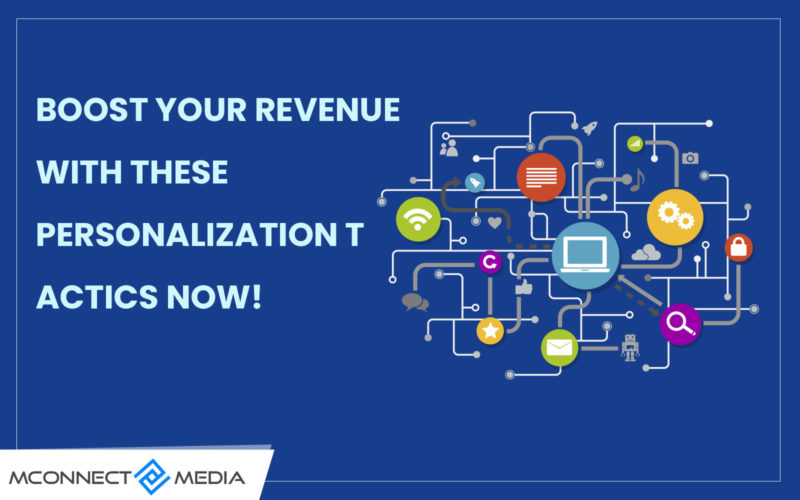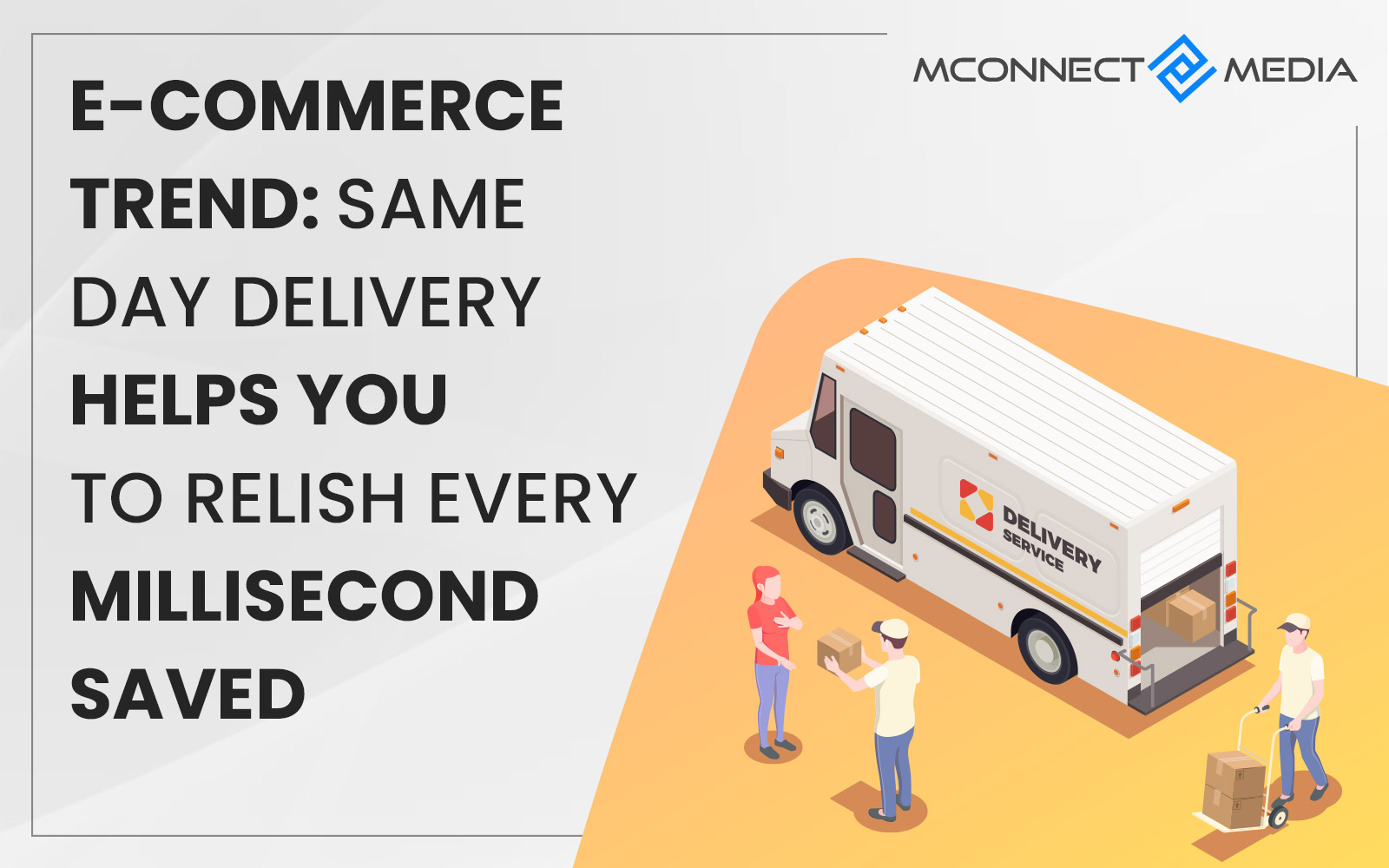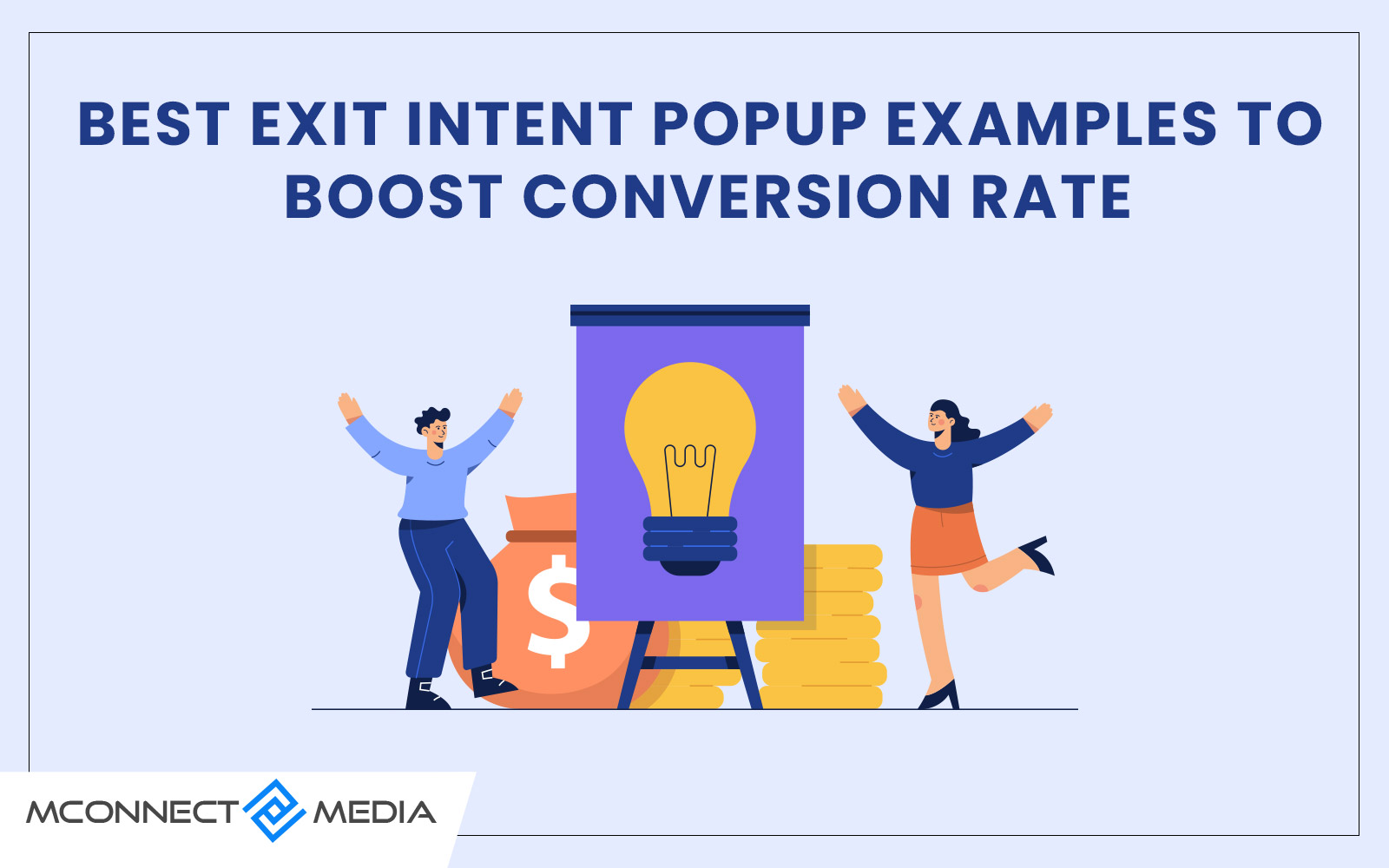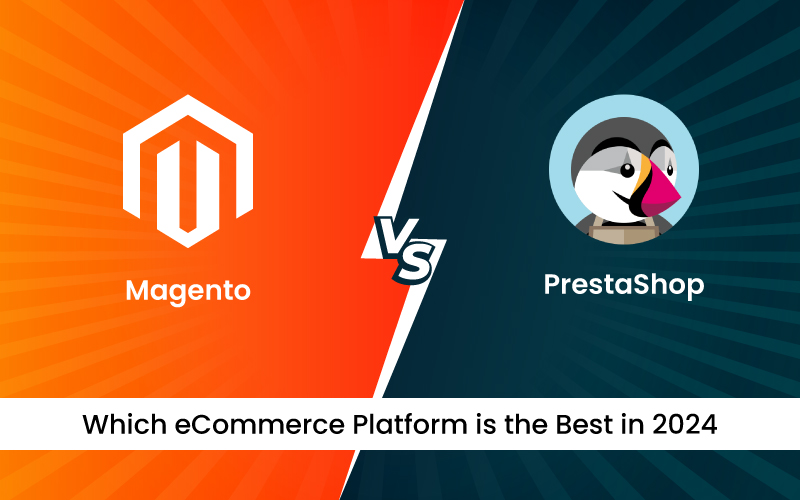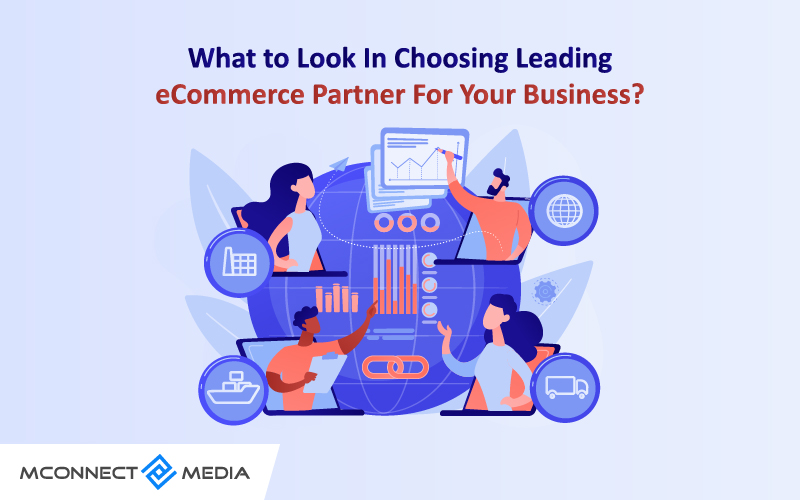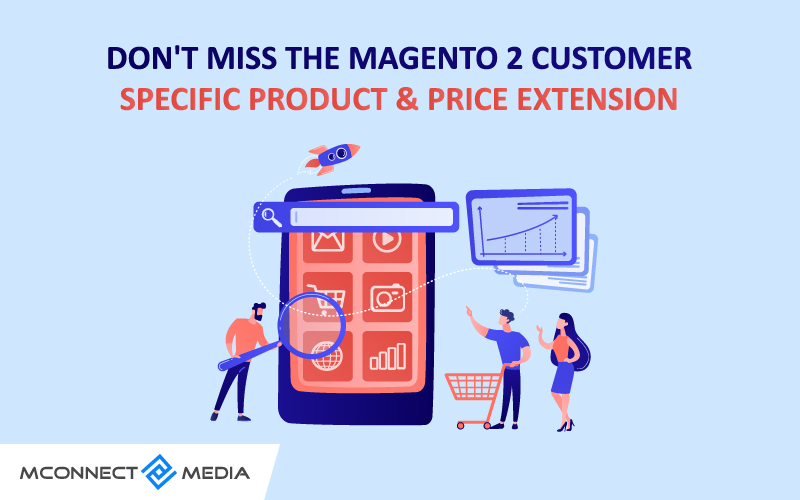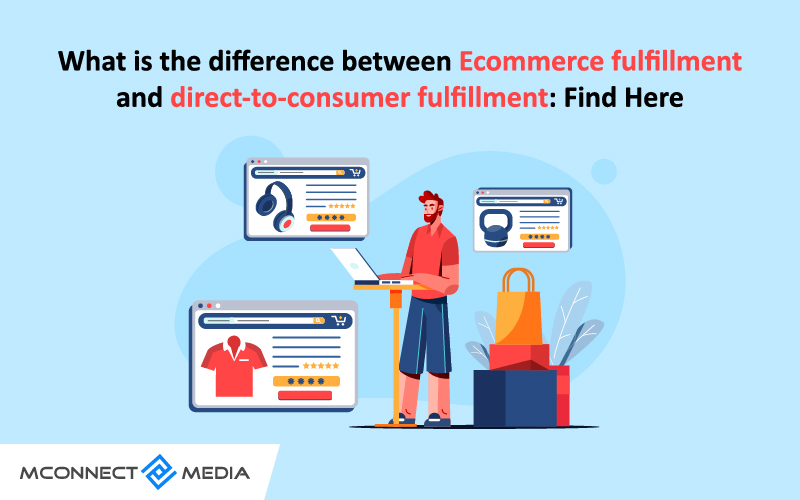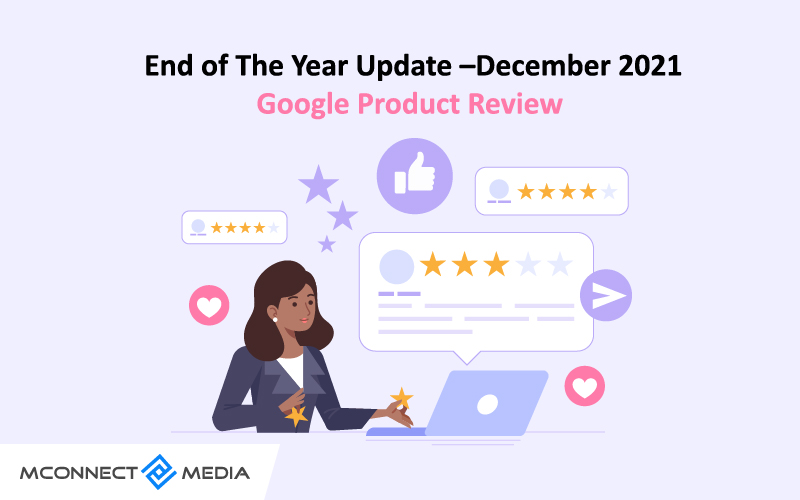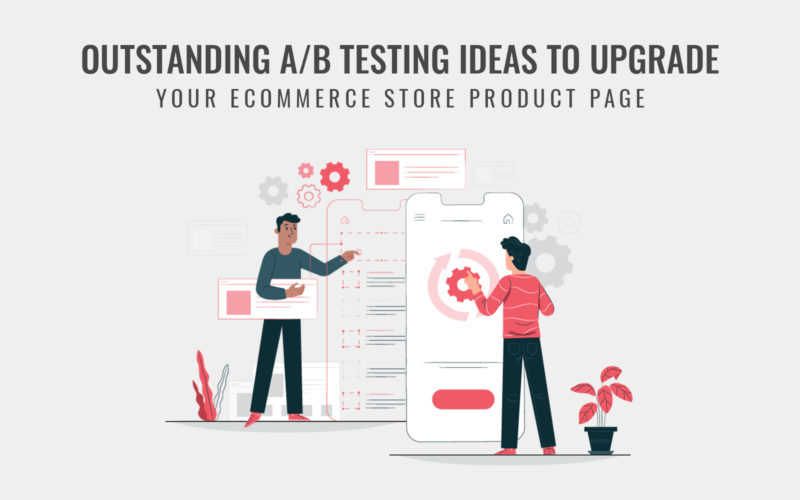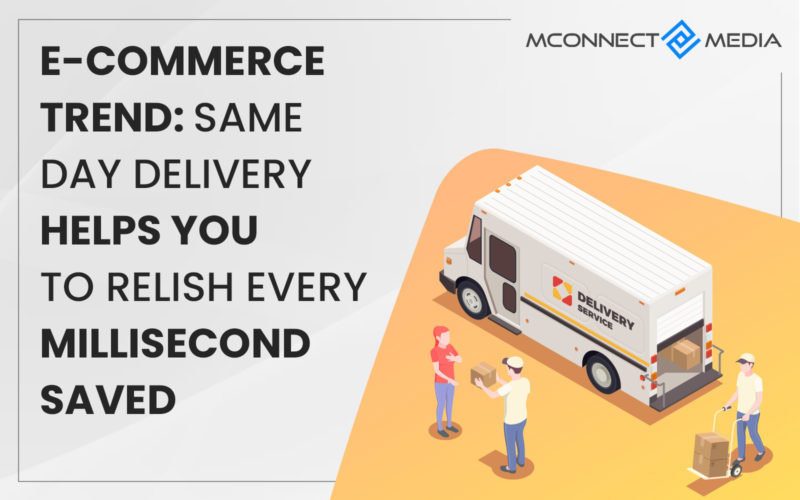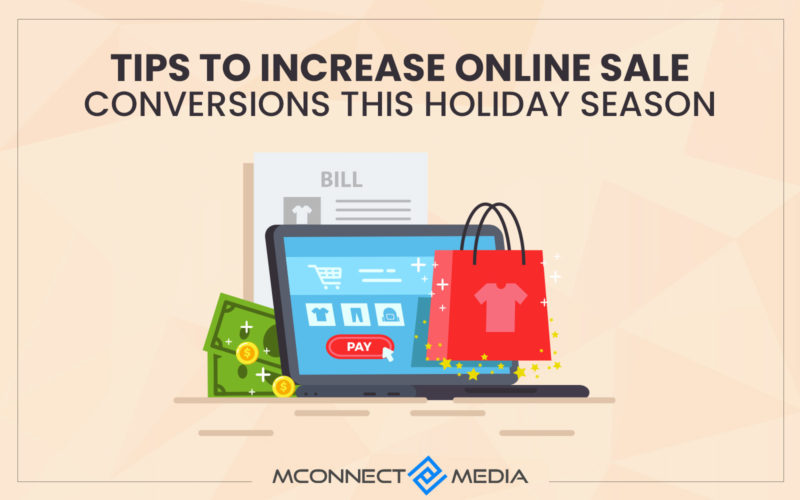2021 is going to be the best year as since the last couple of years, eCommerce was in the hunt of adapting personalization to store to give a seamless experience to its customers and buyers. The good news is that those technologies have arrived, and now eCommerce is blessed with everything that its customers want in real-time.
Imagine walking into your personal favorite brand or store, and the salesperson is at the front of a door, ready to serve you, calling you by name, bringing you to your favorite collection, and even remembering your clothes size or color choice.
Yes, this will be the future, and that’s how special you are. With personalization, everything you will experience, and that’s rare in physical storefronts.
What is eCommerce Personalization?
It is important to understand what personalization is. So, personalization is a personal experience that visitors can see based on their interests and choices. It is nothing but the process of delivering custom experiences on sites by showing content. And that’s including anything from promotions to individualized product recommendations based on location, demographics, and shopping behavior, among other factors.
Now, what is eCommerce Personalization? E-Commerce personalization provides personal experiences to customers based on their interests, buying choices, previous actions, purchase history, and other personal data.
Personalization is important to merchants since it helps them engage with shoppers, enhance repeat purchases, drive sales, and drive leads. It may come in many different forms, from customized product recommendations to cart abandonment marketing emails that bring a personalized showroom of items to consumers, among many other applications.
The goal of personalization is to fulfil customer’s wants and needs without being invasive. And that’s the reason there’s a fine line between displaying relevant content and making customers feel like they’re being spied on. One of the best examples you can consider for personalization is Amazon since they show categories based on your previous onsite search and browsing behavior. And that’s pretty cool.
Although you don’t have a budget for Amazon, there are still ways you can incorporate personalized features to bring your customers a more tailored and seamless shopping experience. Here, we have created the list of personalized tactics suggested by eCommerce experts to help you out. Let’s get started!
How you can make your eCommerce Store More Personalized?
If you’ve not used personalization to your eCommerce yet, this is the time to use; otherwise, you are losing revenue or customers. There are tons of reasons why it is crucial to personalize because no one wants to miss out on that share of the revenue. Let’s see how you can make your eCommerce store more personalized with these tactics now!
1. By Recommending Product
The first and foremost thing to make your store personalized is by recommending the product. A good place to start is by giving product recommendations. You can configure product recommendations based on past purchases, buying behavior, demographics, location, and gender.
An easy way to add this to your store is with an extension or an app. There are a range of extensions available in the market and from which to choose.
A recommendation doesn’t mean you have to rely on recommending best-sellers if you can personalize instead. For example, if a customer has purchased something from you in the past, your overlay can recommend other similar things they might like. And that goes pretty accurate.
2. By Understanding Customer
The second and most important thing is knowing customers because without understanding them, you will not get what they want and are interested in. However, understanding customer’s need is a very important aspect of personalization.
And meeting that want takes a blend of the right technology and the expertise of how to use it. For that, you need to understand whether it’s a new visitor or customer; you need to know by assembling clues from how they entered your site to define why they come to you. If you know easily, you can map out their customer journey and enhance their experience.
Also, it would help if you found how they come to you, whether by showing advertising on social media or searching particular products on search engines or finding you from a press article. And if you are lucky enough to have a familiar customer, that perhaps purchased something or filled out a contact form or query form, you can show items or content based on relevancy.
3. By Personalizing Search Results
Whether it’s you or me, the first thing we do before buying anything is search. The search box is the most important factor on any site as it helps visitors land on a page where they wish to reach.
Unfortunately, if you see in today’s websites, many search functions are not advanced or user-friendly since they focus on keywords instead of the meaning of those words in context. Infect, search are messy, spelling mistakes, use of long terms, use of uncommon words, differences in how people define the same product can make accurate search results a struggle.
Well, there’s a difference between dumb search and intelligent search. But still, most marketing platforms search for a word alone, which is a recipe for failure. For instance, if a shopper search for “budget blue headphones,” they probably want blue, low-cost headphones. But a keyword search may instead deliver a page of low-cost blue accessories for a headphones.
4. By Personalizing Email
Gone are the days when people thought that Email wouldn’t work since people were deleting emails without watching. But emails are one way to drive more leads with eCommerce Personalization, and it works well even after visitors leave your site.
Many eCommerce sites personalize emails by sending follow-up emails and personalized newsletters to alert customers to deals on products they have seen. Hence, email marketing remains one of the common ways to reach your customers.
There are many ways you can personalize emails, and we can use any one of them based on our customer and their mindset. Because with personalize emails, you can sell more products by adding personal touches. Having said that, if you can read user’s mind, you can easily convert them into a customer by giving what they like the most and personalizing their choices through emails.
Summing Up
Hence, personalization is not something an eCommerce store wants; it is something an eCommerce store must have to enhance the customer shopping experience and drive sales. As we see, there are several tactics you can start doing in no time.
Need help in adding personalization to your eCommerce store? M-connect Media can help you herewith. Consult our eCommerce experts to discuss how you can add personalization to your website and achieve higher conversions and more sales revenue. Dial us for more information.


